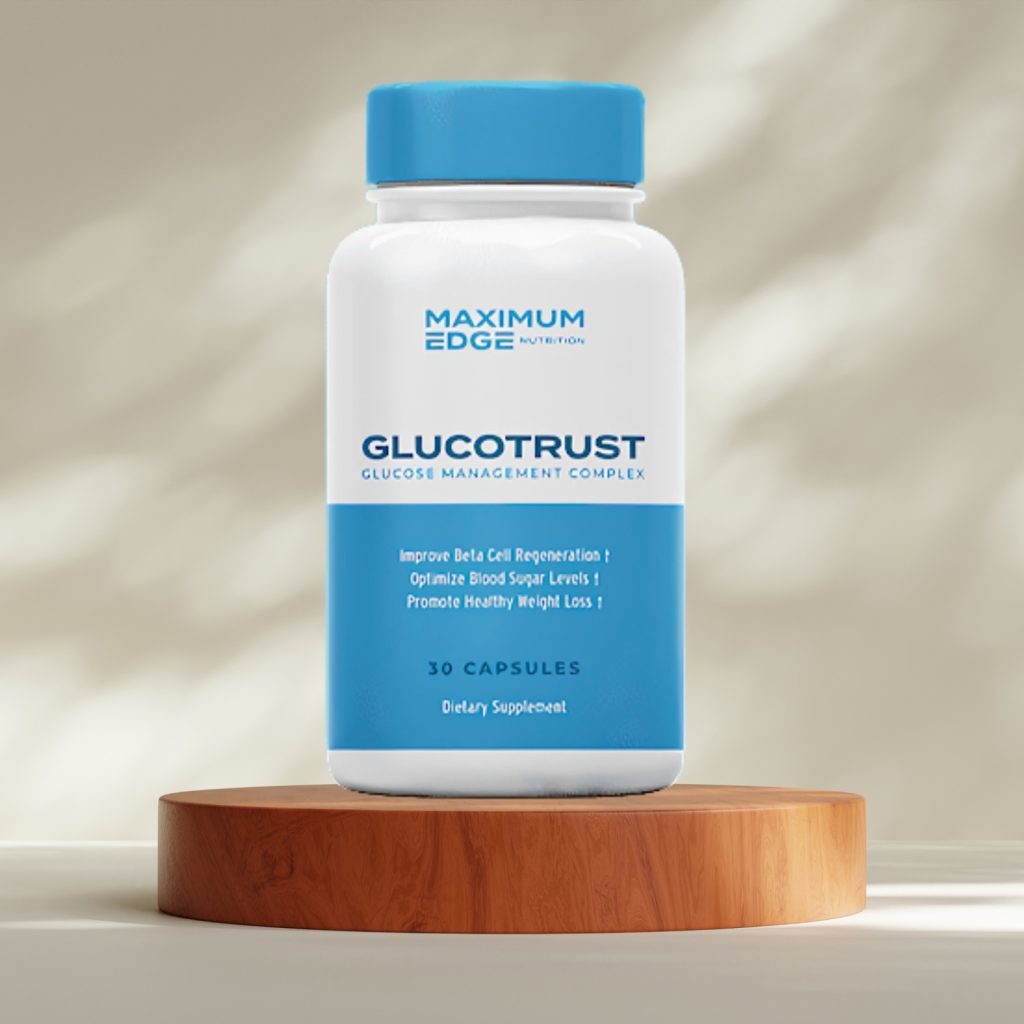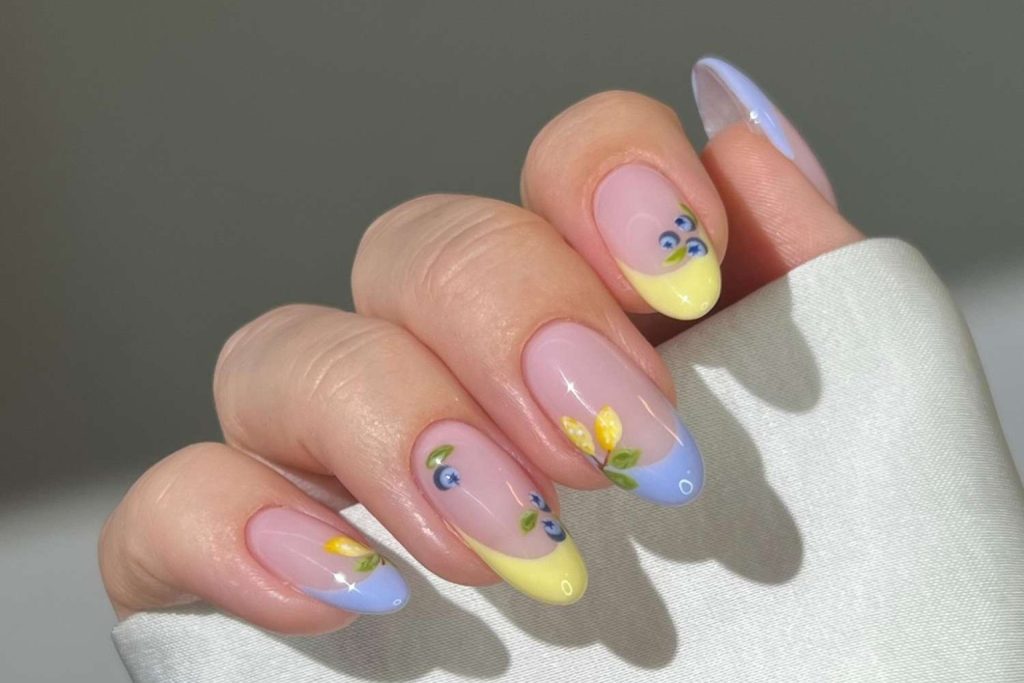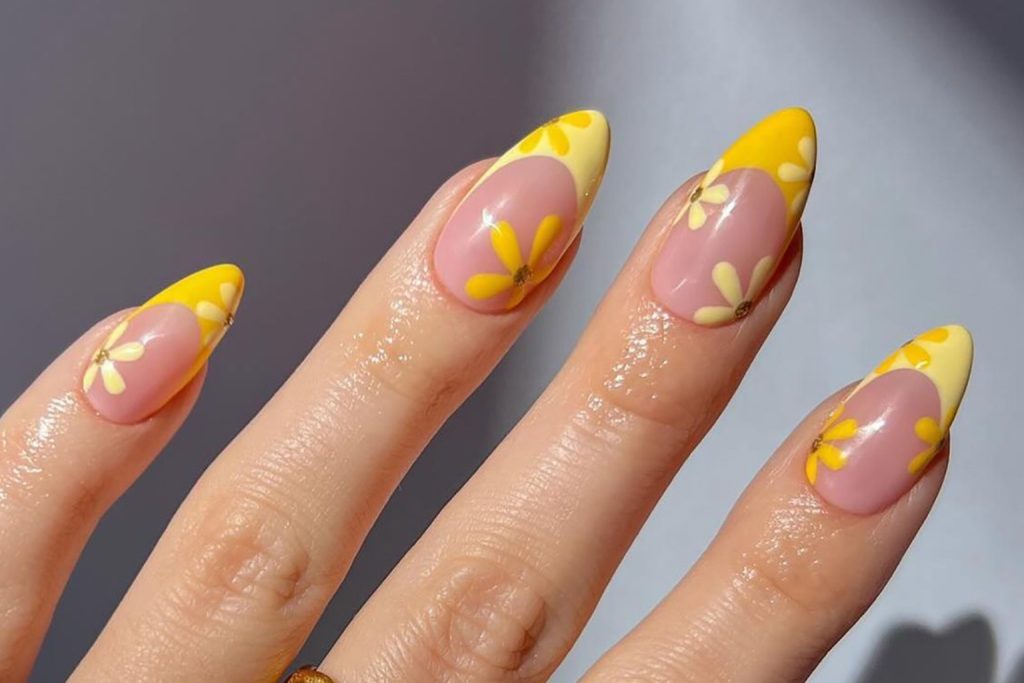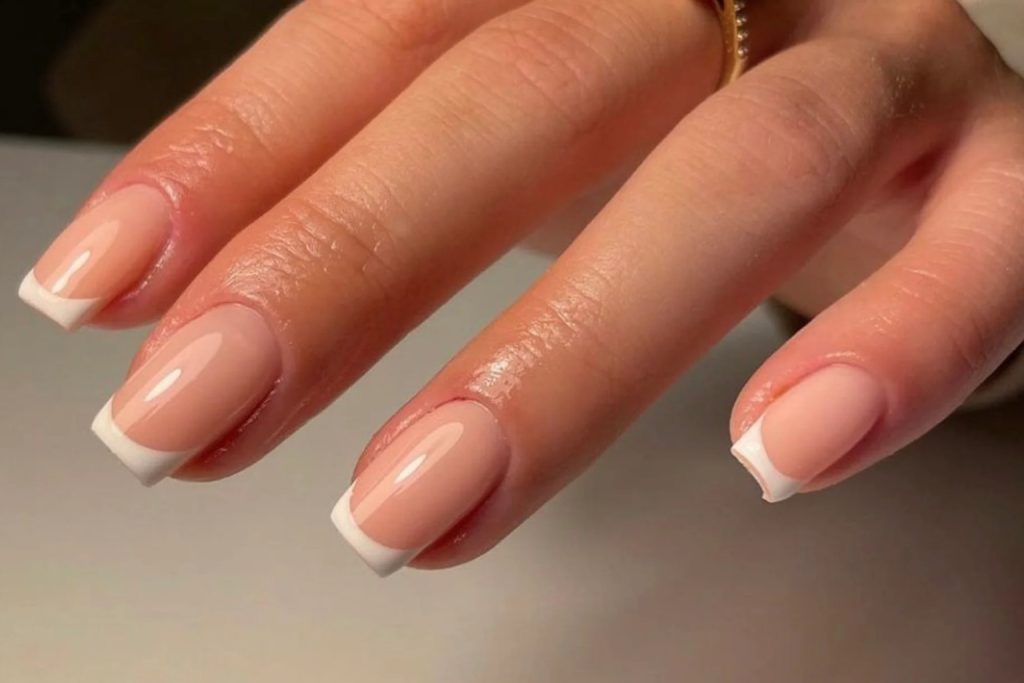In the world of beauty and self-care, trends come and go, but few styles remain as iconic and universally flattering as the French manicure. Known for its clean, natural appearance and subtle elegance, the French manicure has stood the test of time, evolving through decades of fashion while maintaining its classic charm.
This article will explore everything you need to know about the French manicure – its history, variations, benefits, how to do it at home, and expert tips to maintain a salon-perfect finish.
Top Supplement | It’s Natural & Benefits | Order Now (up to 25% Offer) | ||
| FoliPrime | Natural serum that strengthens roots and supports healthy hair growth. | Order Now |  | More details |
| Energeia | Energeia boosts metabolism, burns fat, and supports weight loss | Order Now |  | More details |
| Folicrex | Natural formula that targets hair loss and boosts scalp health naturally. | Order Now |  | More details |
| GlucoTrust | Supports healthy blood sugar with natural herbs and deep sleep. | Order Now |  | More details |
| ProDentim | Natural probiotic formula that supports gum health and fresh breath. | Order Now |  | More details |
| ProNail Complex | Natural blend that strengthens nails and supports healthy fungal defense. | Order Now |  | More details |
| Synogut | Supports healthy digestion using natural fibers, herbs, and probiotics. | Order Now |  | More details |
| Zen Cortex | Natural formula that enhances focus, memory, and mental clarity safely. | Order Now |  | More details |
| Metanail Serum Pro | Natural serum that strengthens nails and fights fungal infections effectively. | Order Now |  | More details |
| FlowForce Max | Natural formula that supports prostate health and improves urinary flow. | Order Now |  | More details |
| Tonic Greens | Natural supergreens blend that boosts energy, immunity, and detoxification. | Order Now |  | More details |
What about French Manicure?
A French manicure is a nail style characterized by a pale pink or nude base color with white tips. The contrast between the neutral base and the bright white tips creates a clean, sophisticated look that suits every occasion, from everyday wear to weddings and formal events.
Though minimal in design, the French manicure is often associated with elegance, professionalism, and feminine charm. It’s also incredibly versatile, complementing any outfit or makeup style.
A Brief History of the French Manicure
Contrary to popular belief, the French manicure did not originate in France. It was actually popularized in the 1970s by Jeff Pink, the founder of the nail polish brand Orly. Pink developed the look for Hollywood actresses who needed a neutral nail style that would suit multiple costume changes during filming.
He later brought the style to Paris for a fashion show, where it became a hit among designers—hence the name “French manicure.”
From the red carpets of Hollywood to the runways of Paris, this nail trend quickly gained global popularity and has remained a favorite ever since.
Why Is the French Manicure Still So Popular?
The French manicure has endured for several good reasons:
1. Timeless Appeal
Its simple, clean lines and neutral tones are always in style. Unlike some nail trends that quickly go out of fashion, the French manicure remains relevant.
2. Professional and Polished
Perfect for workplaces or formal events, a French manicure offers a groomed look without being overly flashy.
3. Customizable
Modern variations allow for plenty of creativity—colored tips, glitter, and geometric shapes can all be incorporated while keeping the essence of the original French look.
4. Matches Every Outfit
Its neutral palette ensures that it pairs well with virtually anything in your wardrobe.
Classic vs. Modern French Manicure
The classic French manicure involves a nude or pale pink base and crisp white tips. But nail artists and fashion-forward individuals have added their own twists to the style. Here are some modern takes on the traditional French:
1. Colored French Tips
Instead of white, the tips can be painted with vibrant colors—like red, navy, neon, or even pastel hues.
2. Reverse French Manicure
This version highlights the base of the nail (the lunula) rather than the tip. It’s an elegant flip on the original.
3. Glitter or Metallic Tips
Perfect for special occasions, adding glitter or metallic polish to the tips gives a touch of glamour.
4. Ombre French Manicure
A softer, blended version where the base color gradually fades into the tip color, creating a seamless gradient.
5. French with Nail Art
Minimal art elements like lines, dots, or floral patterns can be added for a personalized touch.
How to Do a French Manicure at Home
With the right tools and a little patience, you can achieve a salon-quality French manicure at home.
What You’ll Need:
Nail file and buffer
Cuticle pusher and nail clippers
Base coat
Pale pink or nude polish
White nail polish for tips
Top coat
Nail guides or tape (optional)
Step-by-Step Guide:
Step 1: Prep Your Nails
Start with clean, dry nails. Shape them with a nail file and push back your cuticles gently. Buff the surface lightly to smooth out ridges.
Step 2: Apply Base Coat
Apply a thin layer of base coat to protect your nails and ensure better polish adherence. Let it dry completely.
Step 3: Paint the Base Color
Use a pale pink or nude polish and apply 1-2 coats, depending on the opacity. Allow each coat to dry before adding the next.
Step 4: Paint the Tips
Using white nail polish, carefully paint the tips of your nails. You can use French manicure nail guides or tape for clean lines. If freehanding, use slow, even strokes.
Step 5: Seal with Top Coat
Once everything is dry, apply a glossy top coat to seal in the polish and add shine. This also helps your manicure last longer.
Step 6: Clean Up
Use a thin brush dipped in polish remover to clean up any mistakes around the edges.
Professional vs. DIY French Manicure: Which One to Choose?
While a DIY French manicure can be budget-friendly and convenient, getting it done professionally at a salon offers a more polished and longer-lasting finish.
Here’s a quick comparison:
| Feature | DIY | Salon |
|---|---|---|
| Cost | Low | Higher |
| Time | 30–60 mins | 45–90 mins |
| Durability | 3–5 days (regular polish) | 1–3 weeks (gel/acrylic) |
| Skill Needed | Medium | None |
| Finish | Varies | Flawless |
If you’re new to nail art or looking for a lasting manicure for a special event, salon services might be a better choice. For regular upkeep or casual wear, DIY is a great option.
French Manicure for Different Nail Shapes
One of the best things about the French manicure is its adaptability to all nail shapes:
Square Nails: Ideal for the classic French look.
Almond Nails: Elegant and elongate the fingers.
Oval Nails: Soft and feminine, suitable for ombre or pastel tips.
Coffin/Ballerina Nails: Trendy and allow for more creative tip designs.
Stiletto Nails: Bold and perfect for high-fashion variations of the French.
Tips to Make Your French Manicure Last Longer
Use Quality Products – Invest in good-quality base and top coats.
Avoid Harsh Chemicals – Wear gloves while cleaning or washing dishes.
Reapply Top Coat – Every 2–3 days to maintain shine and prevent chipping.
Moisturize Cuticles – Healthy cuticles help maintain a fresh nail look.
Don’t Peel – Resist peeling chipped polish; remove and redo it properly.
French Manicure for Every Occasion
French manicures are incredibly versatile and can be adapted for different events:
Workplace: Classic nude and white for a clean, professional look.
Weddings: Add subtle glitter or lace designs for bridal elegance.
Parties: Bright or neon-colored tips for a bold statement.
Vacations: Gel-based French manicures offer durability while traveling.
Is the French Manicure Safe for Nails?
Yes, the French manicure is generally safe if done properly. However, if you’re using acrylics or gels, make sure you’re visiting a reputable salon and giving your natural nails time to breathe between applications. Overuse of harsh chemicals or improper removal techniques can weaken your nails.
Conclusion
The French manicure is more than just a beauty trend—it’s a symbol of timeless style. Whether you love its classic elegance or prefer experimenting with modern twists, this nail art remains a top choice for women around the world.
Easy to wear, suitable for all ages, and endlessly adaptable, the French manicure continues to hold its place in the beauty world. So whether you’re preparing for a special occasion or simply want a polished everyday look, a French manicure is always a smart, stylish choice.


